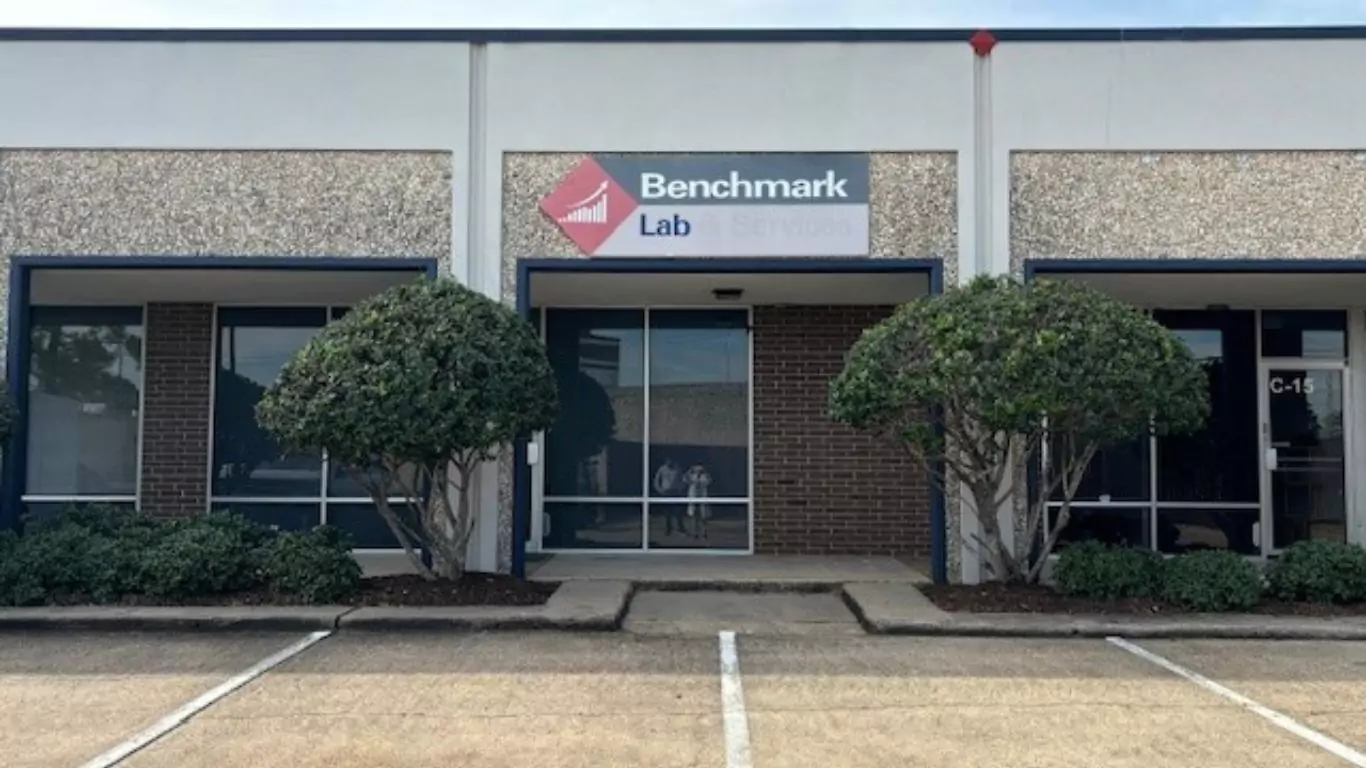
Benchmark Lab Houston's Petrochemical & Oil/Gas Testing Services: Specialized Laboratory Expertise
Offering premier analytical and testing services, our Houston lab specializes in the petrochemical and oil and gas sectors. We're equipped with advanced technology to meet the specific requirements of these dynamic industries.
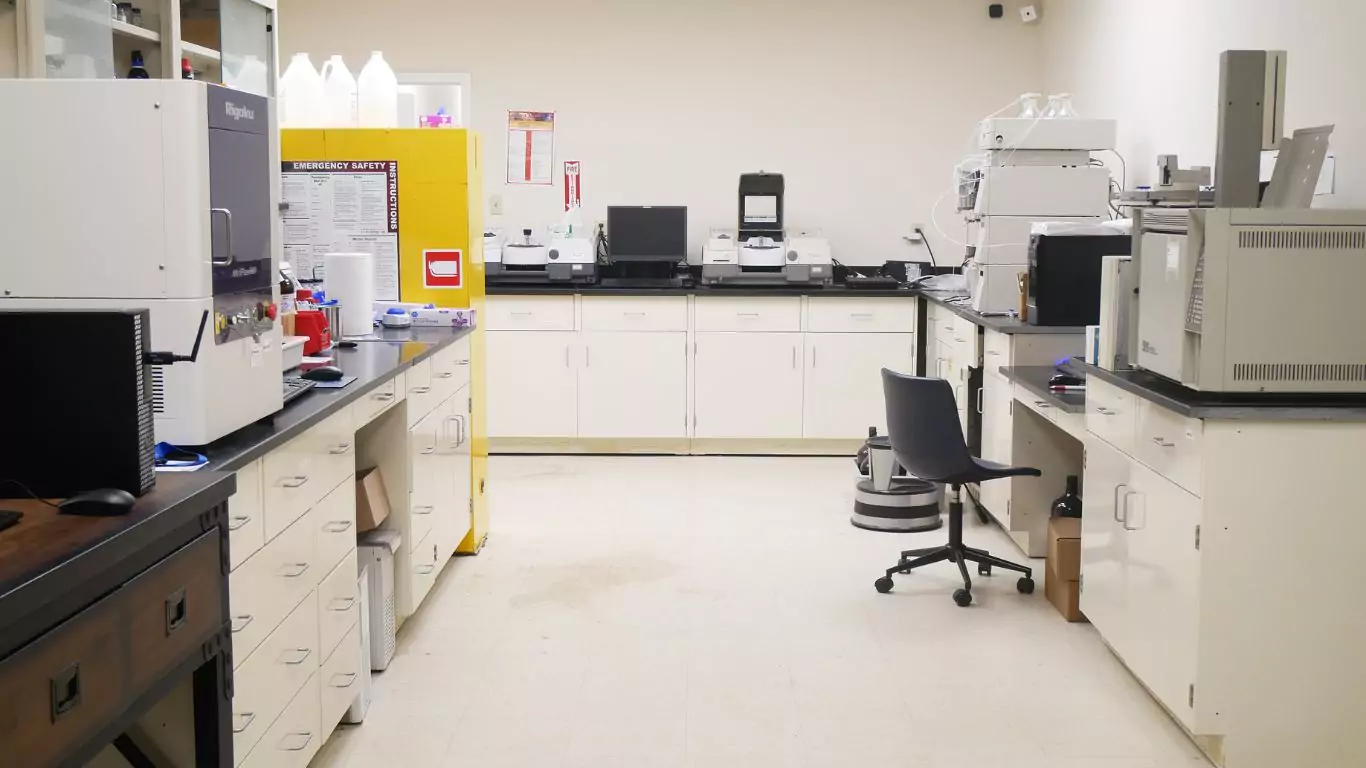
Trusted for Over 10 Years: Houston's Expert Oil Industry Laboratory
Celebrating a decade of excellence, our Houston laboratory is renowned for its reliability and expert solutions in the oil industry. We're committed to maintaining our status as the go-to lab for oil and gas analysis and testing.
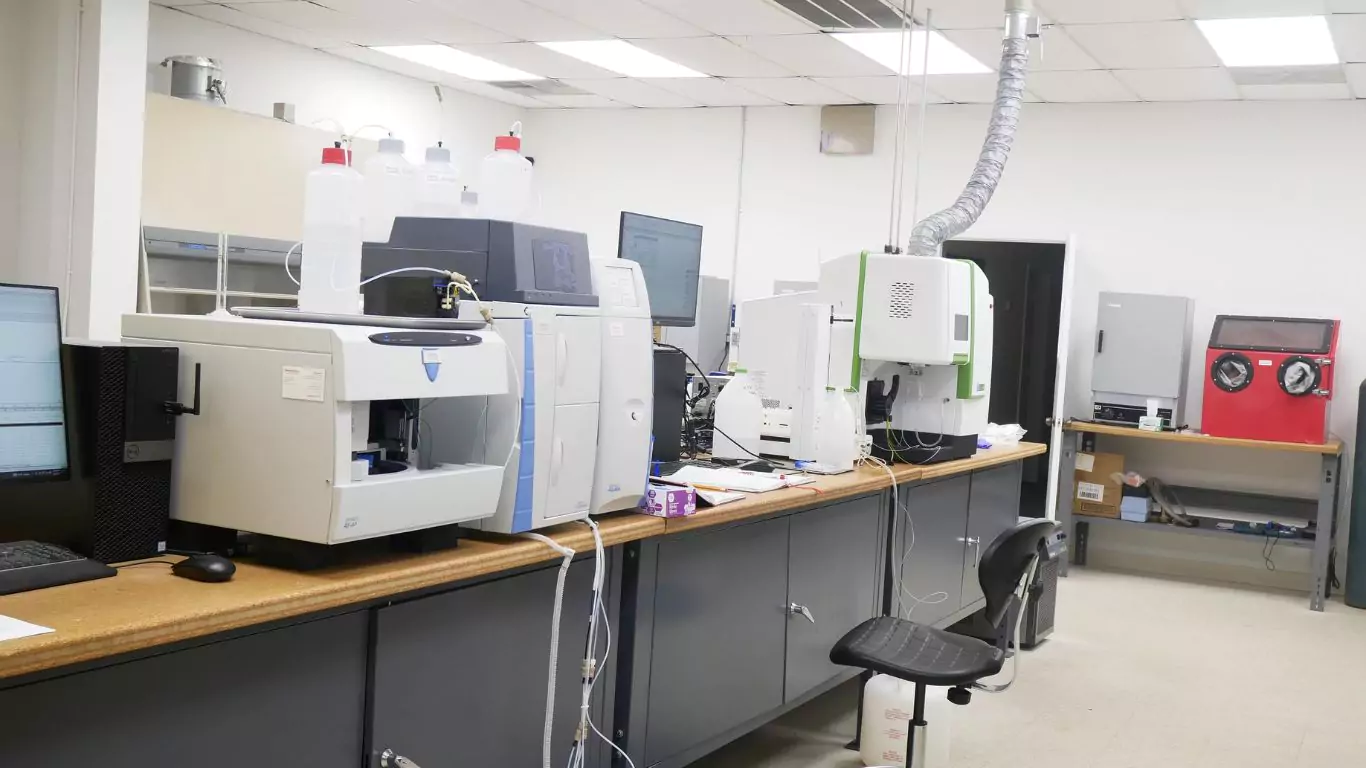
PhD-Led Excellence in Houston: Your Go-To Lab for Petrochemical and Oil Analysis
At the heart of our Houston lab's success is a team of PhD-qualified professionals, bring unparalleled expertise to petrochemical and oil industry testing and analysis. Trust in our academic excellence to deliver precise, informed results.
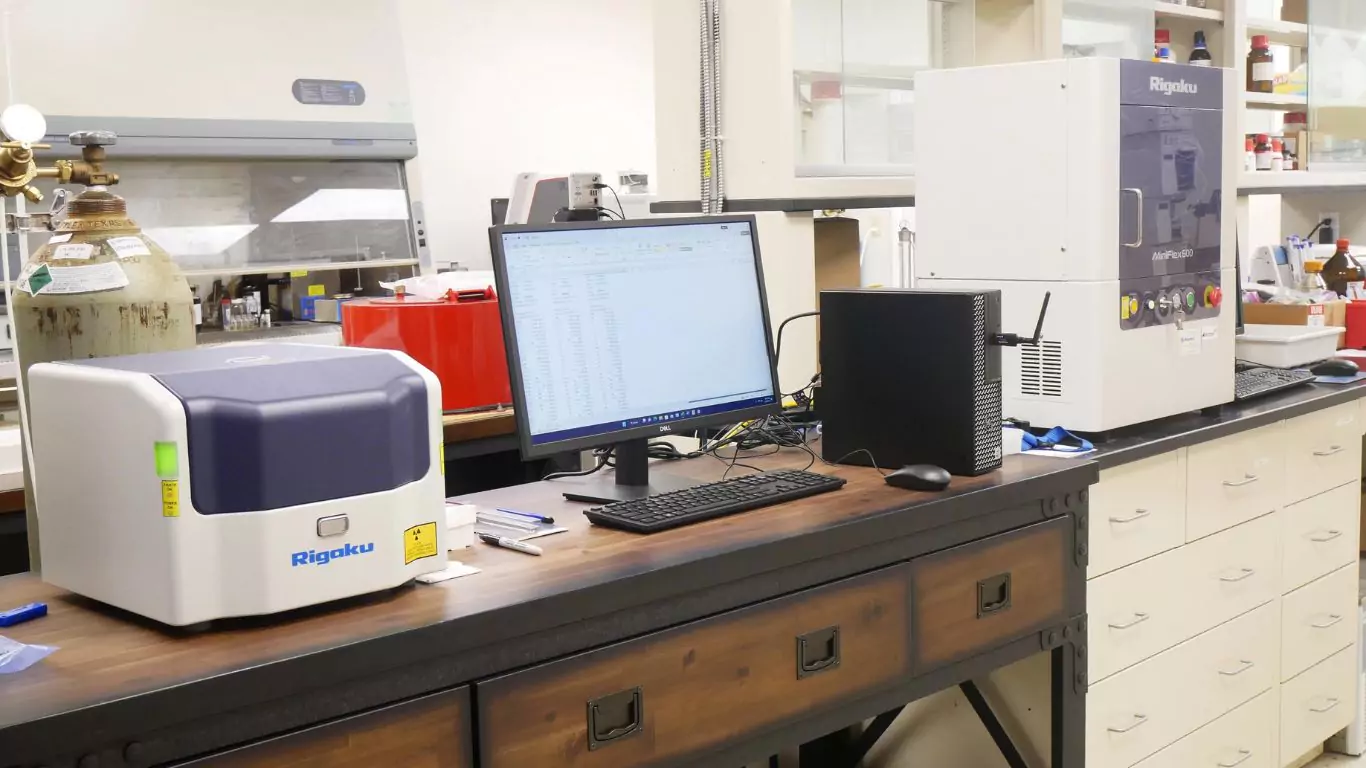
Rapid Results in Houston: Fast Turnaround for Oil and Petrochemical Testing
Our Houston laboratory sets the standard for swift service in the oil and petrochemical industry, ensuring fast turnaround times without compromising on accuracy or quality. Experience efficiency that keeps pace with your business needs.
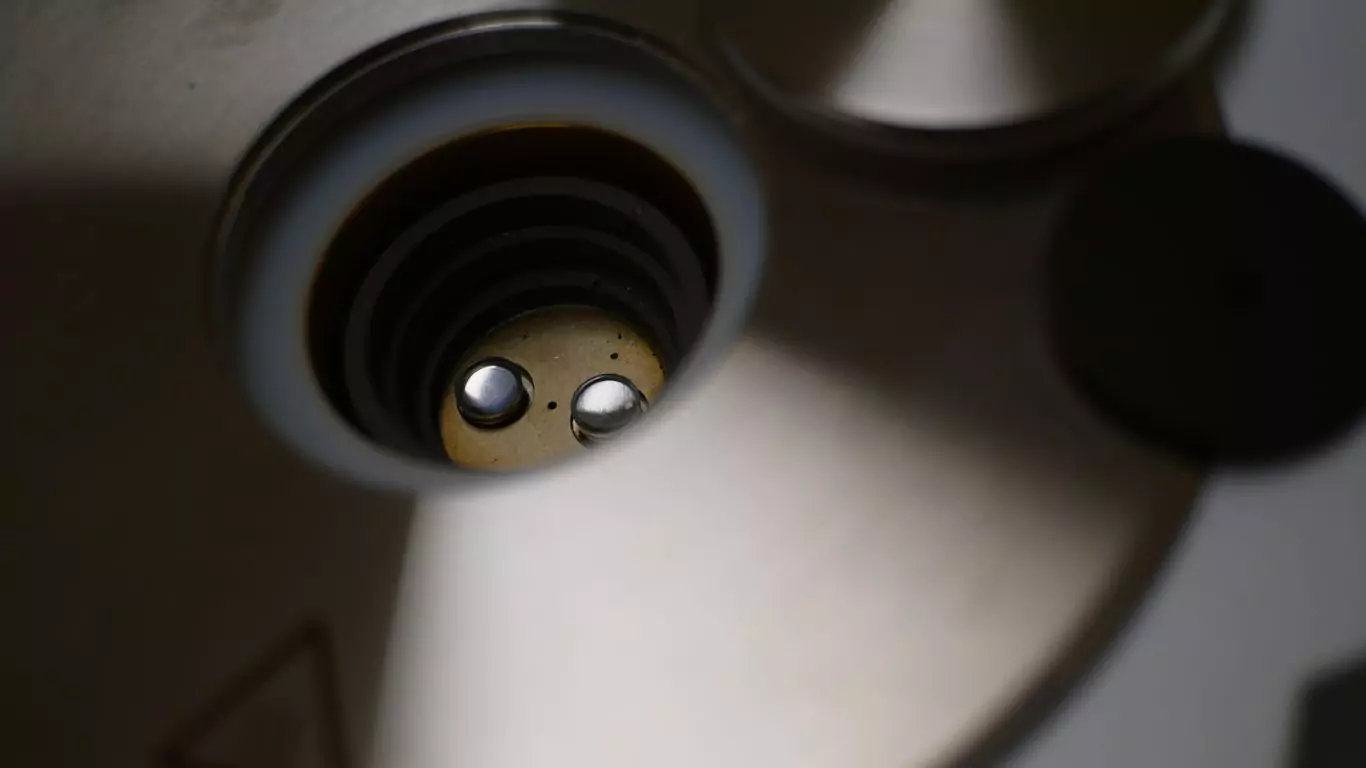
Outstanding Customer Service: Houston's Choice for Oil and Petrochemical Lab Needs
In Houston's competitive oil and petrochemical market, our laboratory distinguishes itself with exceptional customer service. We prioritize clear communication and tailored support to meet and exceed our clients' expectations.
Benchmark Lab: Advanced Testing and Analytical Services for Petrochemical and Energy Industries

Modern Instruments
At Houston Petrochemical & Oil/Gas Testing Services, we provide unparalleled expertise and rapid turnaround times for your analytical and testing needs. Our state-of-the-art laboratory, located in the heart of Houston's thriving energy hub, is equipped with the latest technologies, and staffed by a team of PhD-qualified professionals and decades of experience.
WE SPECIALIZE IN A WIDE RANGE OF SERVICES, INCLUDING:
Expert Analytical Chemistry Services
Benchmark Lab in Houston specializes in comprehensive Analytical Chemistry Services, utilizing advanced techniques such as XRD-XRF, GC-MS-FID, and HPLC-MS-DAD. Our expertise enables precise chemical analysis, essential in the petrochemical and energy sectors for accurate composition identification and property analysis.
Flow Assurance and Pipeline Integrity
Our Flow Assurance services address key industry challenges like asphaltene and paraffin wax blockages, hydrate formations, and scale buildup, ensuring smooth pipeline operations. Additionally, our Pipeline Integrity Testing covers corrosion, fluid dynamics, and mechanical assessments, vital for maintaining safe and efficient pipeline infrastructure.
Material Compatibility and Environmental Testing
We offer Material and Fluid Compatibility Tests, along with Corrosion Testing and Reservoir Analysis, to ensure material durability under varying conditions.
Benchmark Lab: Your Choice for Expert Testing in Houston's Petrochemical and Energy Sectors
In Houston's dynamic petrochemical and energy landscape, Benchmark Lab is a standout for superior independent testing and services. Utilizing advanced technology and deep industry expertise, we ensure scientific precision and quick delivery of high-quality results. Our tailored customer service perfectly aligns with the unique needs of the Houston market.
Why choose Benchmark Lab?
Decades of Industry Expertise:
Over 20 years in the oil and gas sector have honed our skills, making us a trusted partner in this complex field.
Qualified and Experienced Team:
Our pride lies in our experienced and PhD-qualified professionals, ensuring depth in knowledge and research.
Rapid Turnaround Times:
We're known for our efficient processing, delivering timely results in the fast-paced industry.
Unmatched Customer Service:
At Benchmark Lab, excellent customer relations are as crucial as scientific accuracy, fostering trust and long-term partnerships.
Unmatched Customer Service:
At Benchmark Lab, excellent customer relations are as crucial as scientific accuracy, fostering trust and long-term partnerships.
20+ Years of Experience
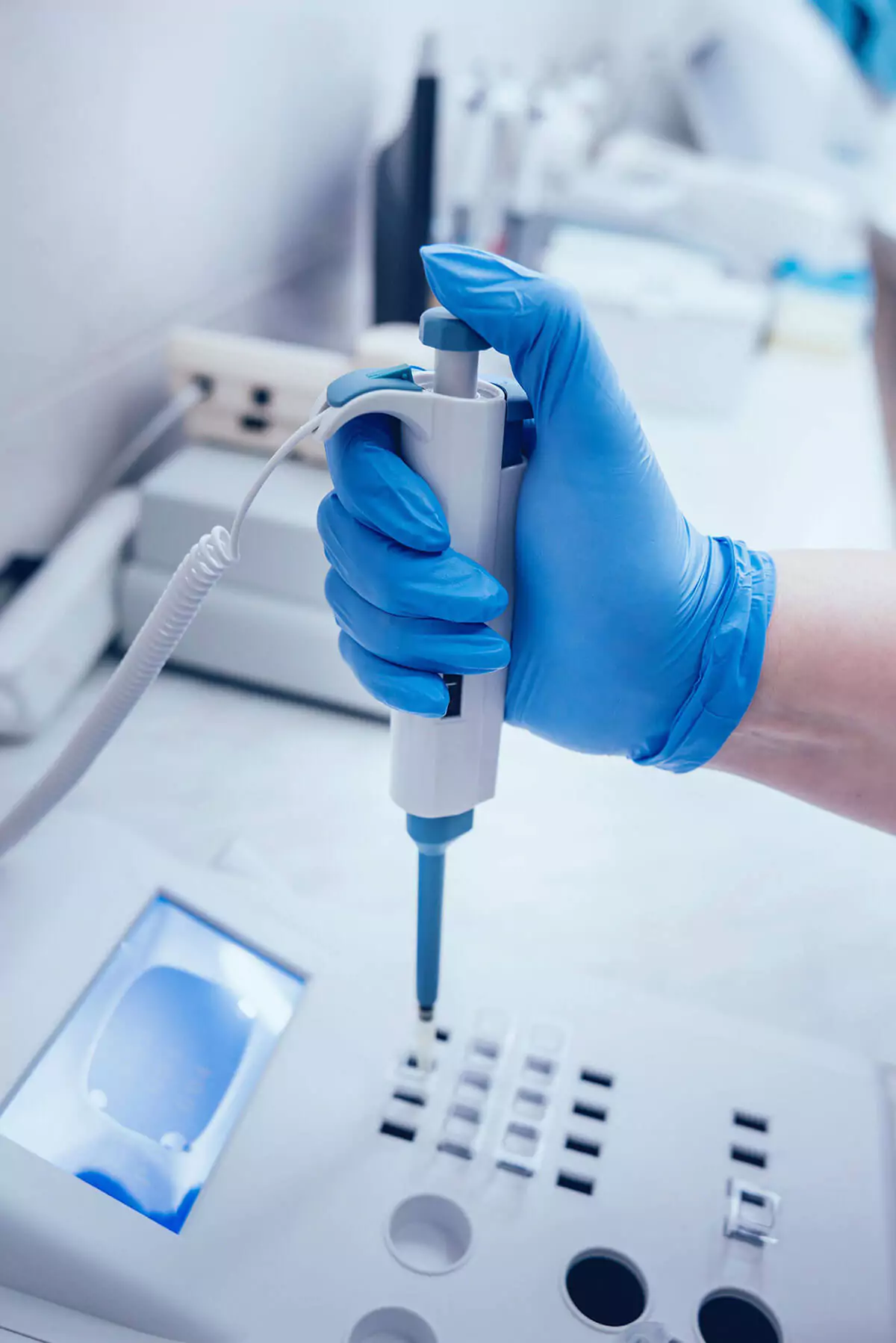
Quick Contact
If you have any questions or need help, feel free to contact with our team.
Call Us Today:
Send Us Email:
©2024 , All Rights Reserved. Benchmark Lab


